Regulatory Compliance Pressure
The plastic packaging market in Germany is currently experiencing heightened pressure from regulatory compliance. The government has implemented stringent regulations aimed at reducing plastic waste and promoting recycling. For instance, the Packaging Act mandates that companies must ensure a certain % of their packaging is recyclable or reusable. This regulatory landscape compels businesses within the plastic packaging market to innovate and adapt their products to meet these requirements. Failure to comply can result in significant fines, which may reach up to €100,000. Consequently, companies are investing in research and development to create sustainable packaging solutions that align with these regulations, thereby driving growth in the market.
E-commerce Growth and Packaging Needs
The rise of e-commerce in Germany has significantly impacted the plastic packaging market. With online shopping becoming increasingly popular, there is a growing need for efficient and protective packaging solutions. The market has seen a surge in demand for lightweight and durable packaging materials that can withstand the rigors of shipping. Reports suggest that the e-commerce sector is expected to grow by over 15% annually, which directly correlates with the increased demand for plastic packaging. Companies are now focusing on developing packaging that not only protects products but also enhances the unboxing experience for consumers, thereby driving innovation within the plastic packaging market.
Technological Innovations in Production
Technological advancements are playing a crucial role in shaping the plastic packaging market in Germany. Innovations in production processes, such as the use of automation and advanced materials, are enhancing efficiency and reducing costs. For instance, the introduction of 3D printing technology allows for rapid prototyping and customization of packaging designs. This not only streamlines production but also enables companies to respond quickly to market trends. Furthermore, the integration of smart packaging technologies, which can provide real-time data on product conditions, is gaining traction. These technological innovations are likely to improve the competitiveness of the plastic packaging market, as companies strive to meet evolving consumer expectations.
Consumer Demand for Eco-Friendly Solutions
In Germany, there is a notable shift in consumer preferences towards eco-friendly packaging solutions. The plastic packaging market is responding to this demand by offering products that are biodegradable or made from recycled materials. Recent surveys indicate that approximately 70% of German consumers are willing to pay a premium for sustainable packaging options. This trend is influencing manufacturers to rethink their packaging strategies, leading to an increase in the production of eco-conscious materials. As a result, the market is likely to see a rise in the adoption of innovative materials that minimize environmental impact, thereby enhancing the overall appeal of the plastic packaging market.
Rising Demand from Food and Beverage Sector
The food and beverage sector in Germany is a significant driver of the plastic packaging market. With the increasing consumption of packaged food products, there is a corresponding rise in demand for effective packaging solutions that ensure product safety and extend shelf life. The market is projected to grow by approximately 5% annually, largely fueled by the need for convenient and hygienic packaging options. Additionally, the trend towards ready-to-eat meals and on-the-go snacks is further propelling the demand for innovative packaging designs. As a result, manufacturers are focusing on developing packaging that not only meets safety standards but also appeals to the convenience-oriented consumer, thereby enhancing the growth prospects of the plastic packaging market.


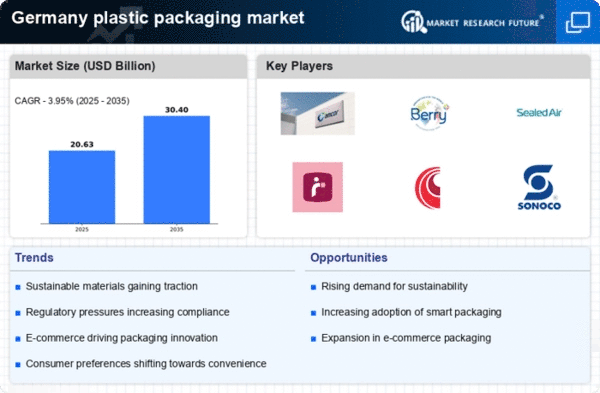
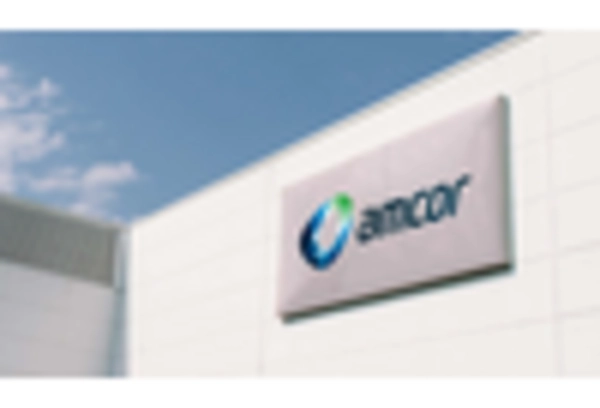
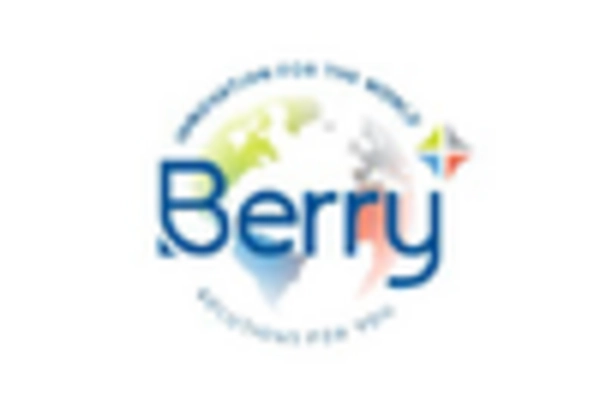
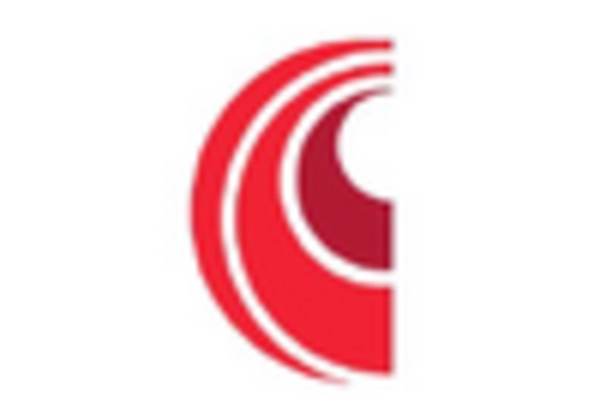
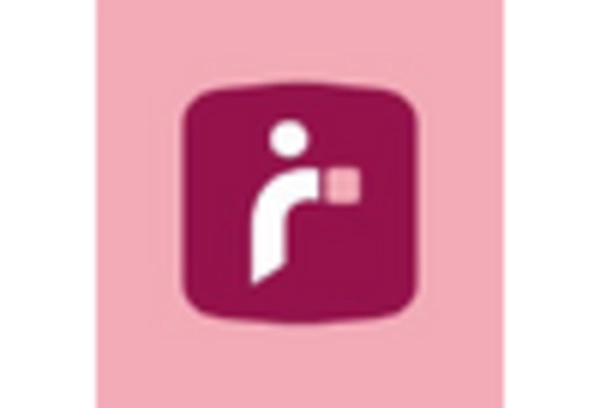
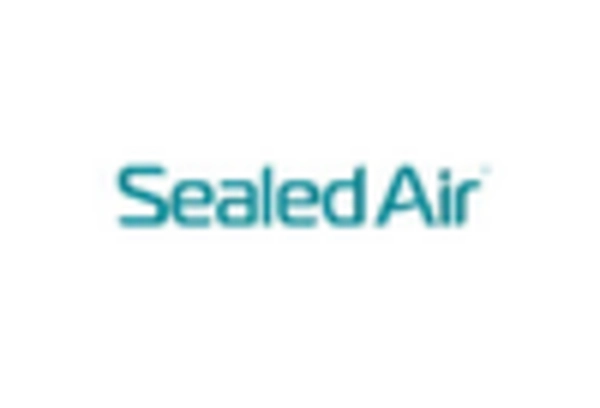
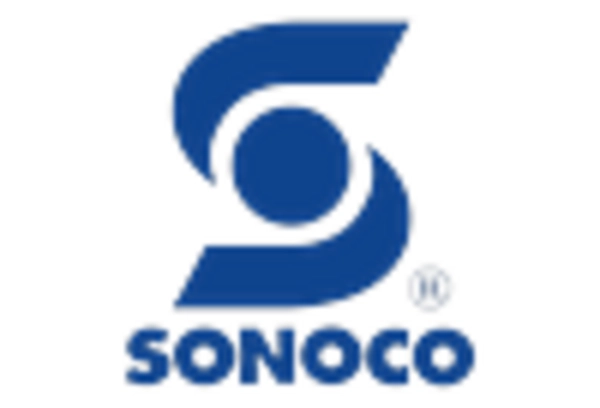








Leave a Comment